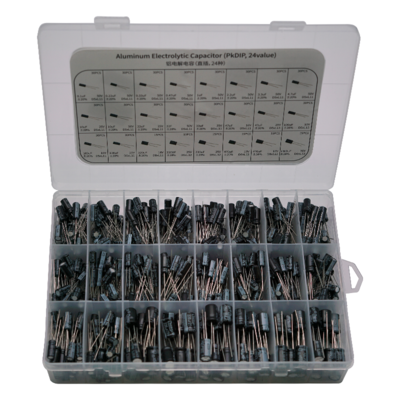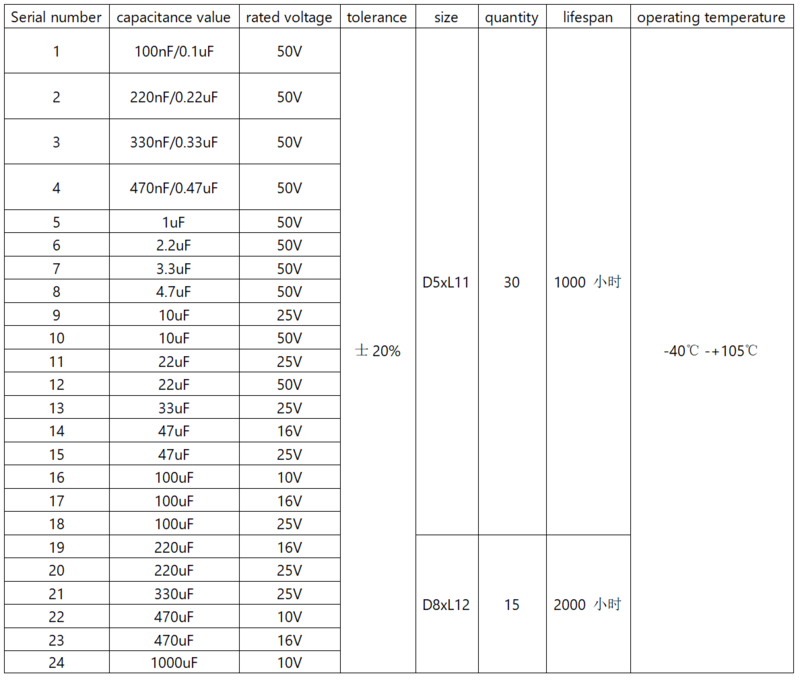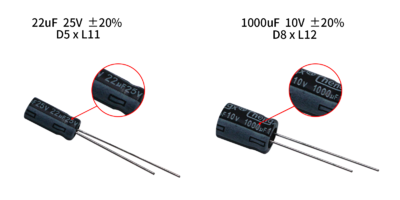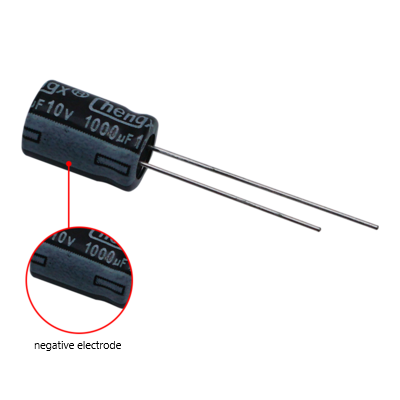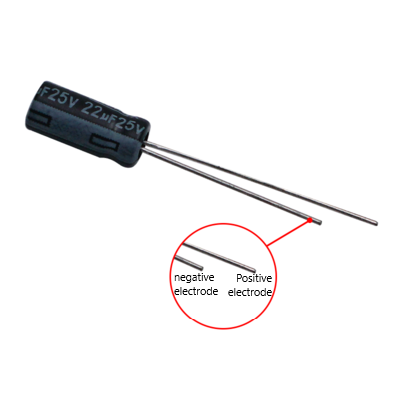Aluminum Electrolytic Capacitor
From Diustou Wiki
Revision as of 11:26, 24 January 2025 by Yousimaier17 (talk | contribs)
| |||||||||||||||||||
| |||||||||||||||||||
| |||||||||||||||||||
Contents
Product Description
- An electrolytic capacitor is a type of capacitor where the positive electrode (anode) is made of metal foil (aluminum or tantalum), and the dielectric is an oxide film (aluminum oxide or tantalum pentoxide) tightly adhering to the positive electrode. The negative electrode (cathode) consists of conductive material, electrolyte (which can be liquid or solid), and other materials. The capacitor is named "electrolytic" because the electrolyte is a major part of the cathode. It is important to note that the polarity of an electrolytic capacitor cannot be reversed.
- Polarized electrolytic capacitors are commonly used in power circuits or medium/low frequency circuits for power filtering, decoupling, signal coupling, setting time constants, and blocking DC. They are generally not suitable for AC power circuits. When used as a filter capacitor in a DC power circuit, the anode (positive electrode) should be connected to the positive terminal of the power supply voltage, and the cathode (negative electrode) should be connected to the negative terminal of the power supply voltage. Reversing the connections can damage the capacitor.
Product Specifications
Component Description
- Model Identification: The body of the electrolytic capacitor will have corresponding model identifications. Specifically:
- Polarity Identification: Electrolytic capacitors are polarized and must be connected with the correct polarity. Otherwise, the capacitor may be damaged. There are two methods for identifying polarity:
Product Dimensions
FAQ
|
